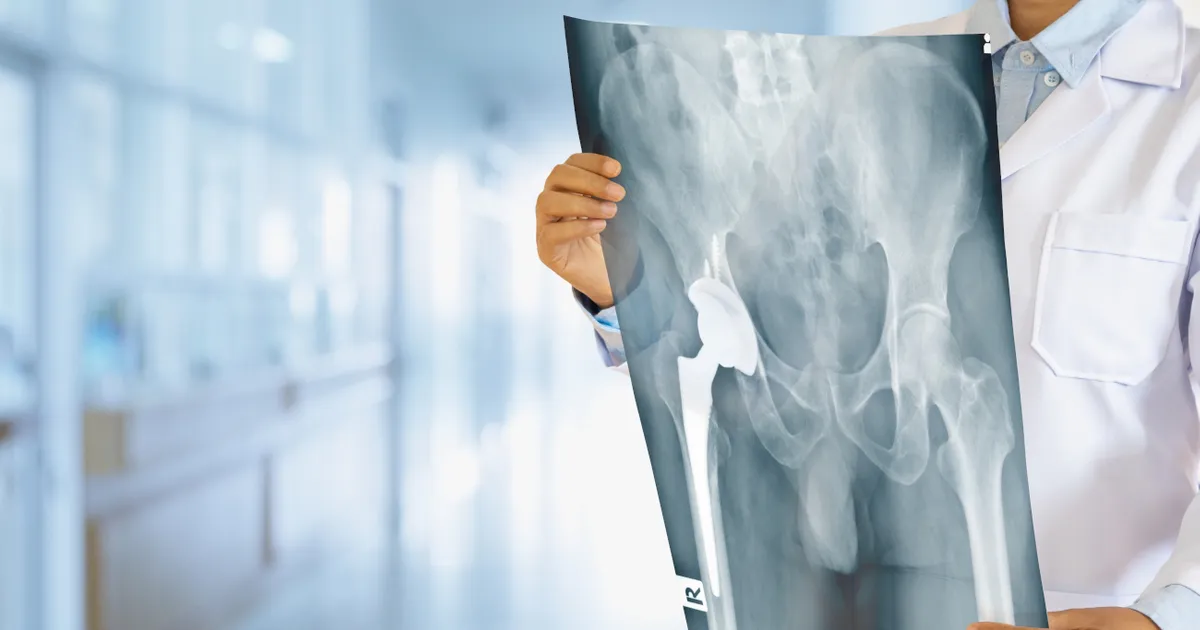Key Takeaways
- If medications and physical therapy are no longer alleviating the discomfort of your hip joint pain, it may be time to consider hip replacement surgery.
- Most individuals can resume daily activities within three to six months post-surgery, during which time they’ll notice constant improvements in motion.
- Undergoing hip replacement surgery is a pivotal decision in a patient’s life, but the commitment to recovery and physical therapy is frequently rewarded with a new lease on life.
Across the globe, millions of people grapple with the debilitating effects of hip joint disorders, whether it’s the severe pain, reduced mobility, or impact on their quality of life. Enter hip replacement surgery, an innovative medical solution designed to address these issues and help patients regain their lost mobility. If you’re interested in undergoing this life-changing procedure, you can learn everything there is to know about hip replacement surgery with an online search right now.
Understanding Hip Replacement Surgery
Hip replacement surgery is a procedure that involves replacing a damaged or worn-out hip joint with a prosthetic implant. This is typically undertaken when conservative treatments fail to bring relief. The new joint, often made of metal, plastic, or ceramic materials, helps reduce pain and improve function.
Every procedure is tailored to the patient’s unique anatomy and medical condition, reinforcing the importance of a comprehensive pre-surgery evaluation. This often involves a thorough physical examination, imaging studies, and laboratory tests. These precautionary measures help ensure the procedure’s success by allowing the surgeon to plan and select the right prosthetic components.
The Problem of Hip Joint Disorders
Conditions like osteoarthritis, rheumatoid arthritis, and hip fractures can severely affect the hip joint. They cause immense pain, limit mobility, and greatly hinder a person’s daily life. It often reaches a point where simple activities like walking or climbing stairs become unbearable chores. Without effective treatment, these disorders can lead to disability.
Hip joint disorders can also bring significant psychological effects. The persistent pain and limited mobility can lead to feelings of frustration, depression, and isolation. Patients often grapple with a decreased ability to participate in social activities or hobbies they once enjoyed. Therefore, it’s not just physical health that is compromised, but overall well-being.
Why Choose Hip Replacement Surgery?
When non-surgical interventions like medications and physical therapy no longer provide sufficient relief, hip replacement surgery becomes the next logical step. It’s not just about relieving pain, but restoring the ability to do basic tasks. The surgery allows patients to regain their independence, pursue their passions, and lead a more fulfilling life.
The decision to proceed with hip replacement surgery is a pivotal one in a patient’s life. It’s not a choice made lightly, often involving comprehensive discussions with family and medical professionals. Considerations include evaluating the level of pain, the restriction in mobility, and the impact on everyday life. This underscores the essential role of clear, empathetic communication between patient and healthcare provider.
The Procedure: How It Works
During hip replacement surgery, the damaged parts of the hip joint are removed and replaced with prosthetics. The surgeon replaces the damaged hip socket with a durable, artificial cup. The upper part of the thigh bone, or femur, is replaced with a prosthetic stem. The surgeon then attaches a prosthetic ball to the stem. These new parts work together to create a smoothly functioning joint.
A successful surgery hinges on precision and careful planning. Surgeons use cutting-edge technology, including computer-assisted navigation, to achieve optimal placement of the prosthetic joint. This helps maximize the joint’s function and longevity, contributing to the surgery’s high success rate.
Life After Hip Replacement
After surgery, there’s typically a significant reduction in pain, and patients find they can move more freely than before. Physical therapy plays a crucial role in recovery, helping patients regain strength and mobility. Most individuals can return to their daily activities within three to six months post-surgery.
Life post-surgery is marked by continuous improvement and adaptation. Patients often find a newfound appreciation for their regained mobility, relishing in the freedom of movement that was once restricted. Furthermore, advancements in rehabilitation techniques facilitate a quicker and more effective recovery process.
Success Stories of Hip Replacement
The impact of hip replacement surgery on the lives of patients is immeasurable. There are countless stories of people returning to their favorite activities, from walking their dog to playing sports.
Many patients report improved mood and increased enthusiasm for life post-surgery. From returning to work to participating in family activities without pain, the success stories are both heartwarming and testament to the procedure’s transformative power.
Advancements in Hip Replacement Surgery
Surgical techniques and prosthetic materials have advanced significantly over the years. Minimally invasive surgeries are now possible, reducing recovery times and improving patient outcomes. The future looks bright for those considering hip replacement surgery.
Research is ongoing in areas such as improving the longevity of implants and developing more efficient rehabilitation protocols. Future advancements could even include the use of biodegradable materials or stem cell technology, propelling the field into a future filled with even more possibilities.
Stay Mobile For Years to Come
Hip replacement surgery is far from being merely a tale of medical triumph. It’s also a story of empowerment and liberation, of patients breaking free from the shackles of pain and reclaiming their rightful mobility. With bravery and dedication, individuals can script their life’s next chapters without the hindrance of physical constraints.
If you or someone you know is considering a hip replacement, continue researching the benefits of this procedure online. You may find that the horizon of possibilities is expanding, offering mobility and hope to those seeking to live their lives to the fullest.
 Shutterstock: ChooChin
Shutterstock: ChooChin


